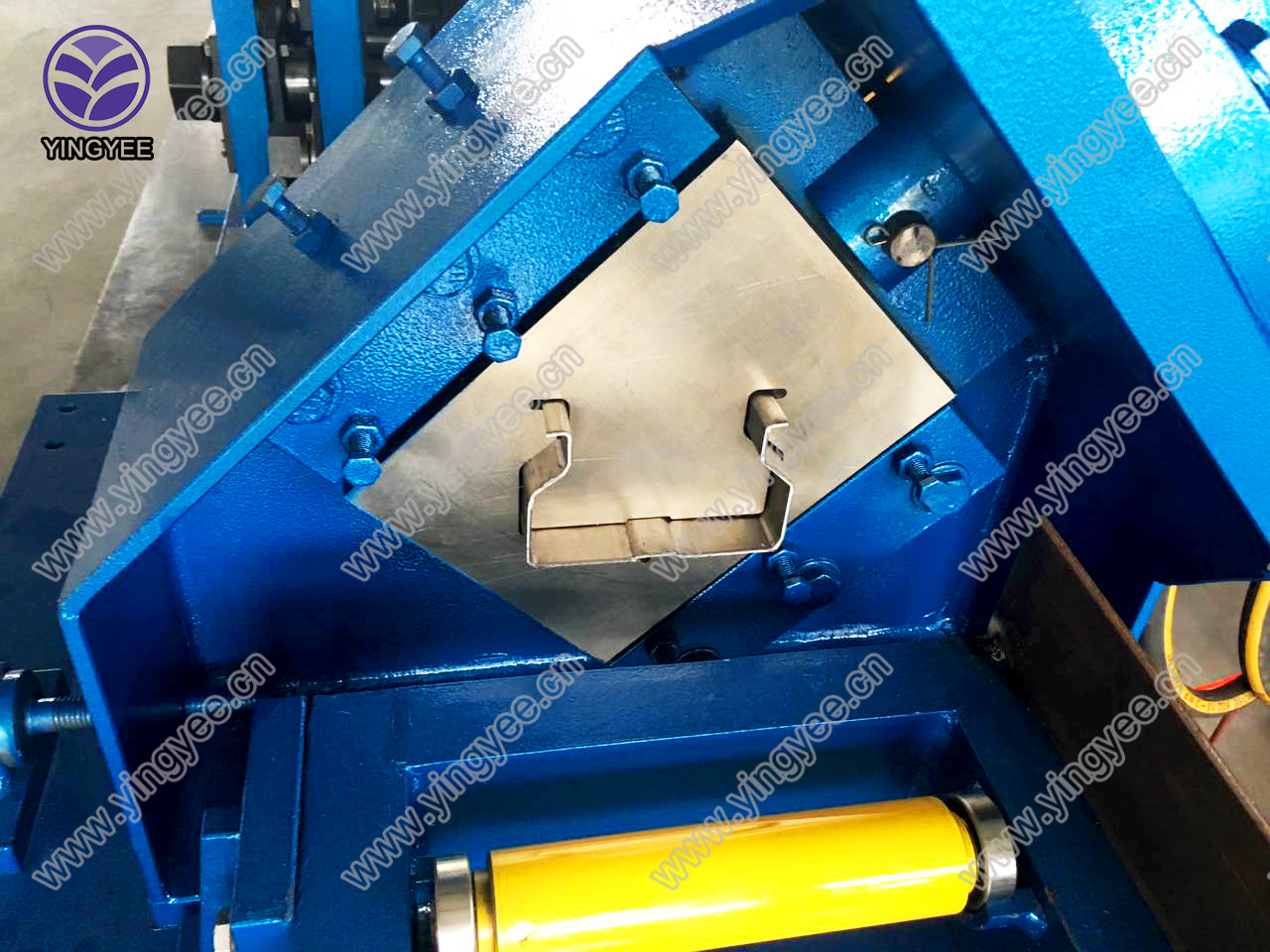
The Process and Significance of Coil Cut to Length
In the manufacturing and metalworking industries, efficiency and precision are paramount. One of the essential processes that help achieve these goals is known as coil cut to length. This term refers to the method of cutting metal coils into specified lengths, allowing manufacturers to produce components that meet their precise specifications. The process involves several critical steps and considerations, ensuring that the final products are of high quality and suitable for various applications.
Understanding the Coil Cut to Length Process
The coil cut to length process begins with the acquisition of metal coils, which are typically made from materials such as steel, aluminum, or copper. These coils can come in various sizes and weights, depending on the requirements of the end product. The coils are usually wound tightly and delivered in large quantities, making them the preferred choice for manufacturers needing bulk materials.
Once the coils arrive at the manufacturing facility, they are fed into a specialized cutting machine designed for the coil cut to length process
. This machine typically features a feeding system that aligns the coil accurately as it unrolls. The alignment is crucial, as any misalignment can lead to uneven cuts, resulting in wasted material and increased production costs.After the coil is properly set up in the machine, it proceeds through a series of rollers that help straighten the metal strip. Straightening is an essential step, as metal coils often come with curvature or other imperfections that need to be corrected before cutting. Once straightened, the strip is moved towards the cutting area.
The cutting process itself can use various methods, such as shearing or laser cutting, depending on the material and the precision required. Shearing is the most common technique, where powerful blades slice the metal to the desired lengths. This method is quick and effective for thicker materials, while laser cutting provides a high degree of precision, suitable for applications requiring tight tolerances.

After the cutting process is completed, the individual lengths of metal strips are collected and prepared for subsequent processing or shipment. This could involve additional operations like deburring, which removes sharp edges, or coating, which adds protective finishes to enhance durability.
Applications and Importance
Coil cut to length serves numerous applications across various industries. For instance, in construction, the cut lengths are often used for structural components like beams, frames, and panels. In the automotive industry, manufacturers require specific lengths for parts such as body panels, brackets, and other assemblies. Furthermore, the electrical sector relies on cut lengths for wiring and connectors.
The significance of coil cut to length extends beyond mere convenience; it is integral to overall production efficiency. By utilizing this method, manufacturers can minimize waste, as the cutting process can be precisely controlled to meet specific requirements. This efficiency not only helps in reducing material costs but also enhances the overall sustainability of manufacturing processes.
Moreover, the process allows for quicker turnaround times. With custom lengths readily available, manufacturers can respond rapidly to market demands and minimize lead times for customers. In a competitive business environment, the ability to deliver quality products promptly can provide a significant advantage.
Conclusion
Coil cut to length is a vital process in the metalworking industry that enhances efficiency, reduces waste, and meets the diverse needs of manufacturers across various sectors. As technology continues to evolve, the techniques and machinery involved in this process are becoming increasingly sophisticated, leading to improvements in speed, precision, and overall quality. For manufacturers striving to optimize their operations, understanding and implementing effective coil cut to length strategies is crucial for maintaining competitiveness in an ever-changing marketplace. Whether in construction, automotive, or electronics, the ripple effects of this process are felt throughout the economy, underscoring its importance in modern manufacturing.